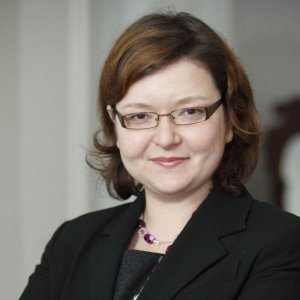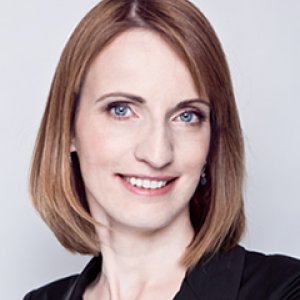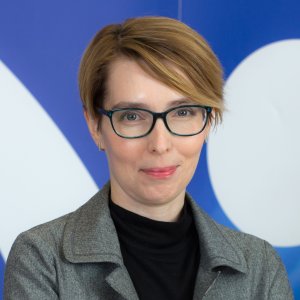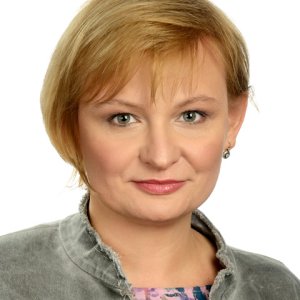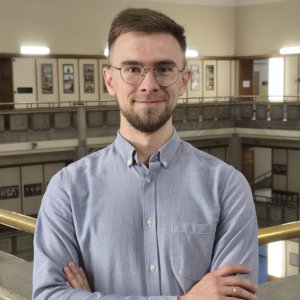Resource-sharing between generations: what are the connections to resilience?
In the context of increasing life expectancy and changing family networks, we analyse the exchange of resources. Specifically, researchers from our team at Warsaw School of Economics (Anita Abramowska-Kmon, Agnieszka Chłoń-Domińczak, Michał Taracha, Wojciech Łątkowski, and Wiktoria Bąchorek) investigated inter- and intragenerational transfers - to understand how these relate to resilient societies and individuals.
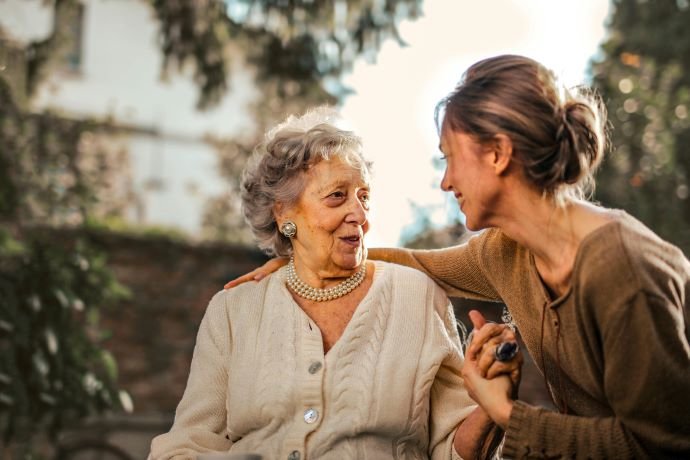
Their study involved analyses of three different data sets. First, they looked at individuals’ net monetary and time transfers at different ages using the 2010 estimates from the national transfer accounts (NTA) estimates in the AGENTA project. They then analysed data on people aged 18-64 who give or receive intergenerational help in housework across European and South American countries using the Generations and Gender Survey (GGS). Finally, the data from Survey of Health Ageing and Retirement in Europe (SHARE) was used to investigate the exchange of intra- and intergenerational informal care help for and by people aged 50 plus.
Analysis of the first data set revealed how intergenerational transfers across countries follow gendered roles and expectations. For example, in Southern European countries, men primarily provide monetary transfers to both younger and older generations, while women more often contribute their time and help with housework. In Scandinavian countries, the gender gap for net monetary transfers between generations is much smaller. The NTA data also shows that the gender gap in terms of giving/receiving monetary and time decreases in retirement age in all analysed countries, with a few exceptions (such as monetary transfers in Hungary and Slovenia, where the gender gap remains in older ages). These findings indicate that while interpersonal assistance can increase resilience on an individual level, such transfers do not disrupt bigger structures of inequality.
The second analysis in the study found that factors associated with individuals’ resilience, such as education, life satisfaction, Activities of Daily Living (ADL), and depression, better predicts who receives, rather than gives, inter- and intragenerational care. For example, those with low or medium levels of education, lower life satisfaction, higher religiosity, and poorer physical and mental health increase the likelihood of receiving help.
The third part of the study showed that higher social capital, measured by social connectedness and the size of people’s social networks, increases people’s chances of both receiving and providing care across all countries. Interestingly, people with poor physical and mental health are also more likely to provide help to others. This suggests that inter- and intragenerational exchanges are important resilience strategies but they are also most accessible to people who are already more advantaged.
Overall, the study also showed how factors at the societal level impact intergenerational transfers. They found that as regional social development levels increase, the proportion of people receiving intergenerational help with housework decreases, while the proportion of those providing intergenerational help increases. The reason for this may lie in country-specific differences in welfare state systems. Western and Northern European countries, for example, have more generous public and private pension schemes. This formal support from governments might be a reason why informal financial transfers are more likely to go from older to young generations in more developed countries (Albertini, Kohli and Vogel, 2007).
This research contributes to an understanding of how the exchange of support between individuals, families and households may evolve in the future in the context of demographic, social and cultural changes that are reshaping kinship and social networks in Europe. Public policies should focus on building the individual, family and social resilience throughout people’s lives and must consider processes that affect these networks, such as those found in this study.
